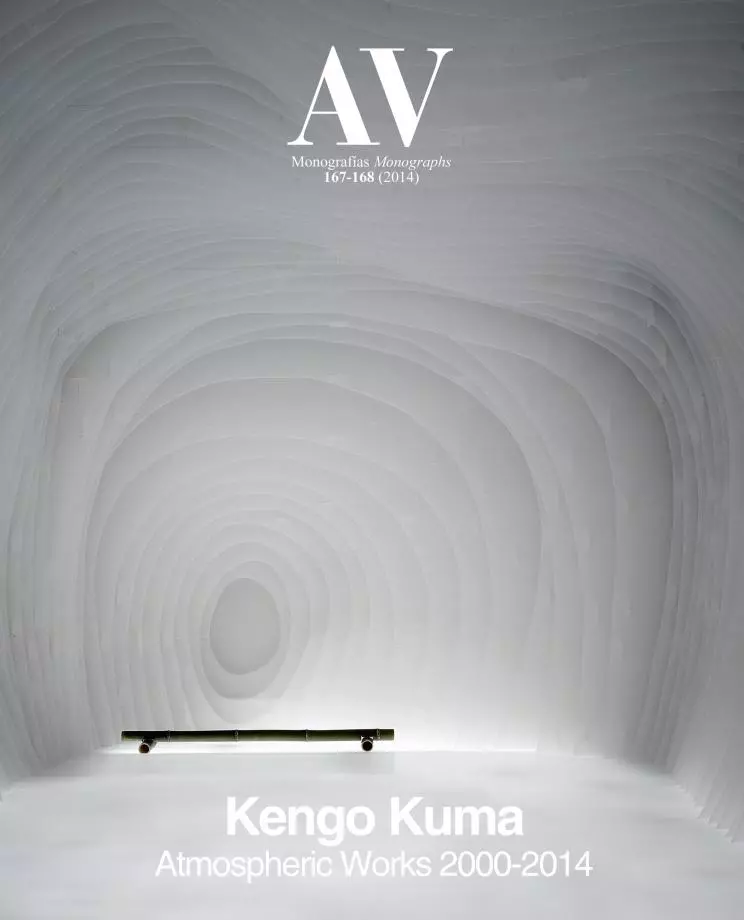Earthquakes and Nature

On 11 March 2011, a powerful earthquake hit eastern Japan, triggering a giant tsunami that struck the coastal area and killed more than 20,000 people. Although I was not in Japan at the time, this disaster was not at all someone else’s problem. Since I had designed several buildings in the Tohoku region, I immediately phoned the owners of each place, but the line never worked that day. It took well over a few weeks until I could contact them and confirm their safety. During those hours of worrying, I couldn’t help asking myself what the strength of architecture was, and what an architect’s job is.
In the 20th century, structures made of concrete or steel were the equivalent of ‘strong’ architecture; and traditional buildings made of wood, stone or earth were considered weak and outdated. This notion spread after the earthquake that devastated Lisbon, Portugal, on 1 November 1755. The earthquake and tsunami took more than 50,000 lives. As a result, architecture of bricks, medieval-style planning, and the town structure were labeled as culprits of that ‘weakness.’... [+]





